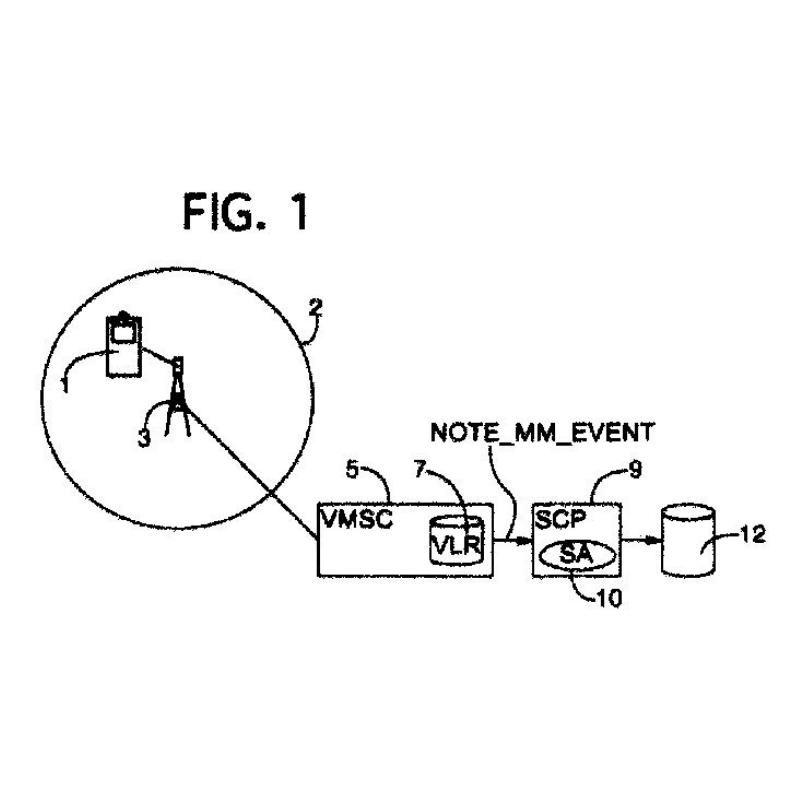Telefonaktiebolaget LM Ericsson (PUBL) is a globally recognized manufacturer of network devices and various pieces of software that help enhance a Company’s operations and services for network and business functions. The Company’s portfolio furthermore comprises goods for the enterprise, cable, mobile platform, and power module demands.
In India, the business of Telefonaktiebolaget LM Ericsson focuses on Traffic localization with proxy mobility, Packet data serving node (PDSN) load optimization, Aggregated binding updates and acknowledgments in Mobile IPv6, Optimal fragmentation of multicast packets, Load balancing in a mobile telecommunications network, and PPP connection during simple IP.
Telefonaktiebolaget LM Ericsson filed a patent application numbered 3471/DELNP/2011 that is titled METHOD FOR SENDING EMERGENCY MESSAGES TO MOBILE TERMINALS. The patent has been filed in the field of Communication. This Patent Application has been granted as Patent Number 351869. This invention contains a procedure for transmitting an emergency text to mobile terminals situated in an emergency locale, in which the location data and a specific subscriber code are maintained in a database for multiple mobile terminals. Then the emergency area is identified. Subsequently, a sequence of destination terminals is chosen from the database having location information that corresponds to the emergency area. To each of the destination terminals, the emergency text is conveyed through an SMS message or a voice message through the said subscriber identification code. Through the invention, all the terminals in the area can be reached, irrespective of whether they are subscribed to an SMS alerting system, and not relying on a particular channel to obtain the message.

During the patent examination, the Patent Examiner raised objections under Section 3(k) of the Patents Act, 1970 (as amended in 2005) as the subject matter claimed in said claims is a mere algorithmic step and will be implemented as computer instructions only. Further, system claims do not involve any additional constructional feature and the claimed subject-matter involves a set of computer-executable instructions only. The claimed subject matter is based on the method steps. The claimed subject-matter is mere computer-executable instructions stored on a computer-readable medium or memory. Hence, the subject matter of said claims falls under section 3(K) for falling within the scope “computer program per se” or algorithm.
As a response, the Applicant submitted that the latest CRI guidelines published on June 30th, 2017 have removed the novel hardware requirement amongst other changes. The three-step test for patentability (whose third step stated that computer programs were unpatentable, and could be claimed with novel hardware) have additionally been removed in its entirety. The claims cannot be deemed to be an algorithm or computer per or non-patentable due to lack of any novel hardware as the claimed subject-matter provides a technical solution and has a real-world application in communication networks. Moreover, the claims are not abstract as they support various constructional features.
Advocate Rahul Dev is a Patent Attorney & International Business Lawyer practicing Technology, Intellectual Property & Corporate Laws. He is reachable at rd (at) patentbusinesslawyer (dot) com & @rdpatentlawyer on Twitter.
Quoted in and contributed to 50+ national & international publications (Bloomberg, FirstPost, SwissInfo, Outlook Money, Yahoo News, Times of India, Economic Times, Business Standard, Quartz, Global Legal Post, International Bar Association, LawAsia, BioSpectrum Asia, Digital News Asia, e27, Leaders Speak, Entrepreneur India, VCCircle, AutoTech).
Regularly invited to speak at international & national platforms (conferences, TV channels, seminars, corporate trainings, government workshops) on technology, patents, business strategy, legal developments, leadership & management.

